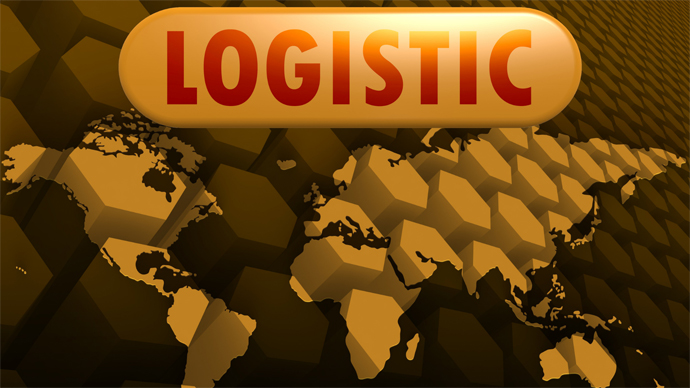What is Supply Logistics?
← Back
The success of an enterprise in today's competitive conditions is directly proportional to its ability to manage logistics activities well. Logistics management has an undeniable impact on total costs and service level for customers. For this reason, logistics management is very important today.
The success of an enterprise in today's competitive conditions is directly proportional to its ability to manage logistics activities well. Logistics management has an undeniable impact on total costs and service level for customers. For this reason, logistics management is very important today. Supply logistics concept ; at the stage before the physical production of the product or service; It refers to all the activities such as the selection of raw materials or semi-finished products, their planning and storage between the suppliers and the manufacturer.
Supply logistics with a wide range; operates in areas such as food, health, industrial sector, military ammunition production. With supply logistics , answers are sought for questions such as which material will be ordered from where, how much, which purchasing tools will be purchased, and how the products will be stored. In these processes, as in other types of logistics, the main factor facilitating the process is the information flow.
Many problems can be avoided thanks to stock control , planning and storage processes. In addition, a reduction in production costs and an increase in customer satisfaction are achieved, well-managed companies reduce their costs by providing a great advantage in pre-production costs.
Supply Logistics Activities
It is possible to itemize the supply logistics activities as follows:
- Customer Service: At the pre-measured cost level, all processes are taken in a customer-oriented manner and the customer; must reach the right product, in the right place, at low cost. At this point, logistics comes into play by increasing customer satisfaction with affordable cost.
- Demand Forecast: It is the measurement of the amount of products and services that customers will need in the future. Demand forecasts, after deciding how much a firm will produce, also decide in what quantities and where to distribute the products produced.
- Planning: There is a planning that ensures the smooth functioning of the process. Material flow is of great importance among planning activities. The biggest indicator of this is the use of Enterprise Resource Planning (ERP) programs by many businesses. Thus, they can make good stock management, purchasing and order management.
- Handling: It is mostly manual displacement. It is the separation of the products by considering the movement, volume, time and quantities in any storage area, renewing the containers when necessary, and carrying them to the relevant dispatch area. Minimum transport distance is aimed in the handling process, because each handling is reflected in the cost of the company. Minimizing them will also reduce costs.
- Inventory control: It is the process of controlling the flow of goods and services. Inventory management, which is a critical element of the procurement logistics phase; It is an important step in the process of inventories from producers to warehouses. The purpose of inventory management is to have the right product in the right place at the right time.
- Storage: Warehouses are places where raw materials, finished products and semi-finished products are stored from the beginning. The layout of the storage areas, the safety, and the determination of the transportation management within the warehouse are among the issues to be considered. The storage must be carried out within a plan and in accordance with the rules.
Supply Logistics Concepts
Supply logistics has some concepts, these concepts can be summarized as follows:
- Facility: Regardless of rental or purchase, location selection is extremely important. designated place; affects the entire distribution network and its shaping. All factors such as being close or far from the target market, distance from the raw material source, and proximity to the workforce affect the location selection.
- Inventory (Stock): It covers subjects such as stock variety and quantity, order quantity, facilities where stocks are located, safety stocks, cycle stocks and idle stocks.
- Information Flow: Technologies used, information obtained, insights, data, coordination and all other information are handled. Logistics personnel working at all points are in constant communication, and the continuity of the information flow ensures that the product is delivered to the consumer in a timely and complete manner.
To get professional information about supply logistics and to apply for expert support, you can only click here .

 HONEST
HONEST Eğitim Portalı
Eğitim Portalı Müşteri Portalı
Müşteri Portalı Bize Ulaşın
Bize Ulaşın